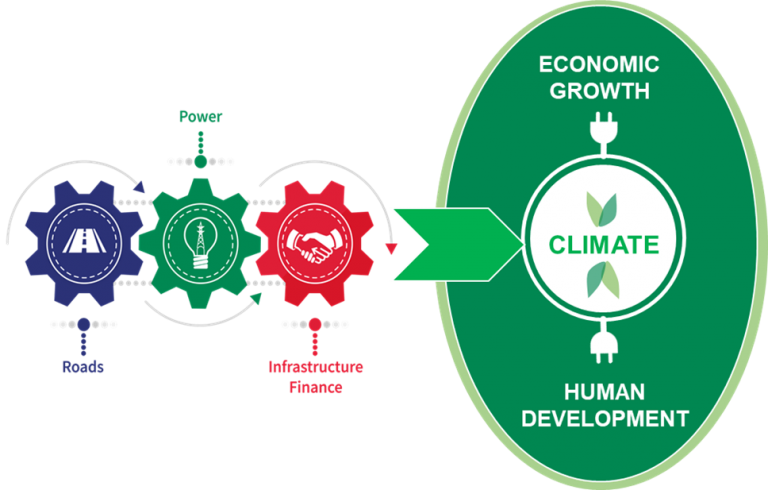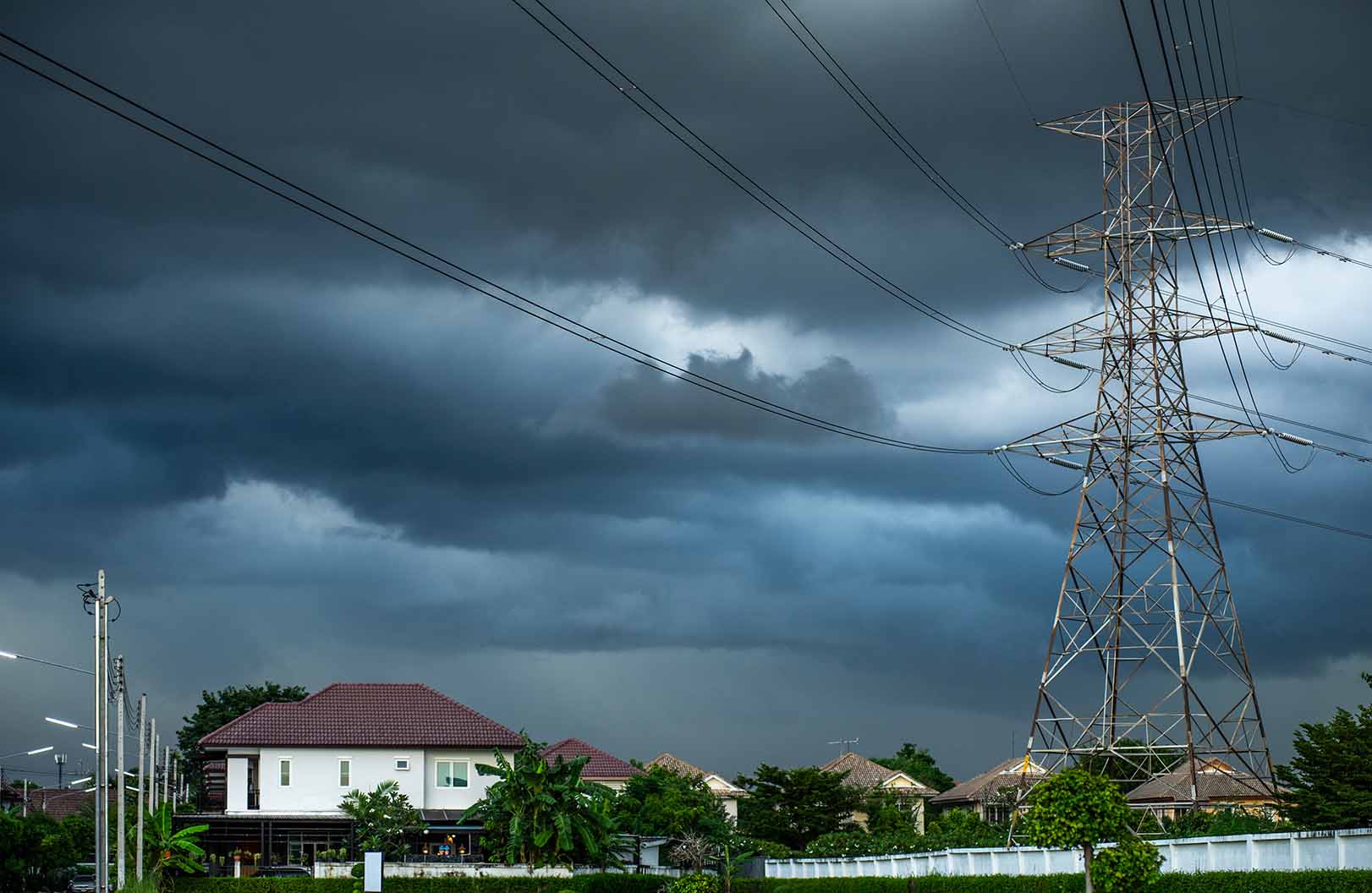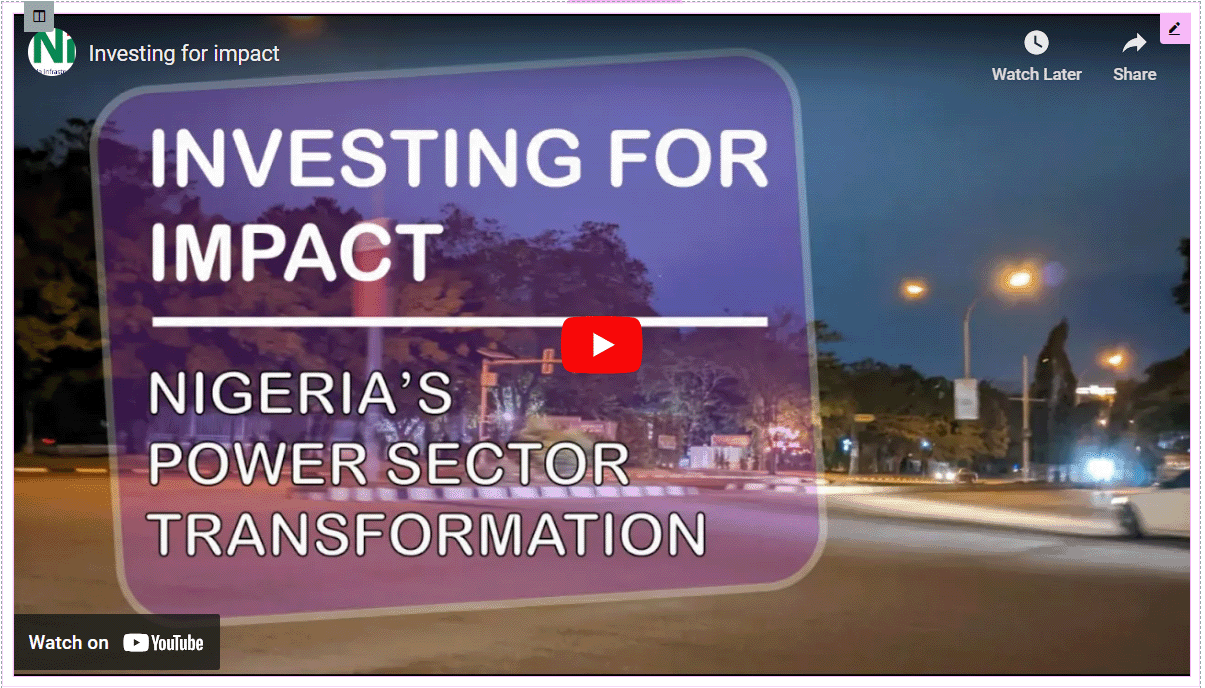UKNIAF recently shifted its focus entirely to a climate-smart infrastructure programme. Previously, our three components – Power, Roads, and Infrastructure Finance – mainstreamed climate into their work. However, with the pivot, we are now fully aligned with the International Climate Fund objectives.
While this type of transition is not without hiccups or challenges, as an adaptive program and reflective learners, we set aside time to assess our transition so that critical lessons are not forgotten. Our most recent lunch and learn session focussed on the pivoting process and its implications for future programming.

Steps in UKNIAF’s pivoting process
The first step in our pivoting process was gathering information across our three components on climate change, ICF, and its indicators and revisiting (and redrafting) our theory of change, component strategies, and task orders to determine how much we would need to pivot to align with ICF indicators. This first step took a significant amount of time because we needed to demonstrate a fundamental shift in thinking and approach rather than simply ‘green-washing’ our component outputs and activities. This process was greatly aided by our cross-cutting advisers, MEL team, and programme leadership.
Next, we examined how we could have more open conversations about climate change with our partner Ministries, Departments, and Agencies (MDAs). We accomplished this by identifying climate-related synergies in pieces of work that are directly relevant to the MDA’s immediate needs. Having cross-cutting advisers on board from the start, who mainstreamed Poverty, Gender and Social Inclusion, and Climate Change (PGESI & CC) considerations into component strategies meant we weren’t starting from scratch.
Making the electricity grid more efficient is an example of work in our power component that explains a climate-related synergy. Improving grid efficiency increases the amount of power delivered to homes, reducing reliance on domestic generators and lowering greenhouse gas emissions. Another example is in our Infrastructure Finance Component. Mainstream Development Finance Institutions (DFIs) have made it clear that including climate considerations in project design is a prerequisite for accessing funding. Our engagement with our MDAs focuses on this, most recently through a PPP capacity development programme and the use of UKNIAF’s PGESI and the CC framework. These interactions have has helped deepen the climate focus within MDAs.
With these two steps completed, we then looked to formalise and codify our thinking. In the third step we collectively redesigned our programme logframe ensuring its ICF alignment.
The final process was giving life to the vision of the programme logframe. Here we started articulating pieces of work in task orders to help us implement the new component strategies. We specified clear milestones in our delivery process to bring about transformational change.
Through all of the steps above, we worked very closely with FCDO, who provided strong support and contributed to our overall pivoting process.













